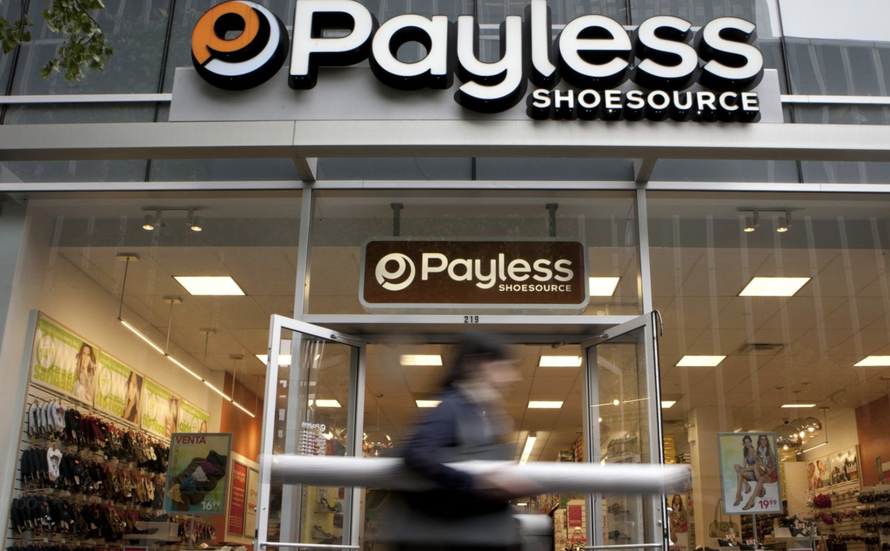With its second bankruptcy filing in two years imminent, Bloomberg is reporting that discount shoe retailer Payless (Shoesource Inc.) will liquidate its US operations, and begin shutting down its online operations, as the US “retail apocalypse” claims its latest victim.
While it’s still unclear whether the retailer will ultimately file Chapter 11 or Chapter 7, as of now, its Latin American operations are expected to continue operating. Meanwhile, its corporate-owned stores in the US and Puerto Rico are expected to remain open through March. The Topeka, Kansas-based retailer has been looking for a “Debtor-in-Possession” loan to see it through the proceedings.
Last year saw bankruptcy filings from once-iconic retailers like Toys R’ Us and Sears. And already this year, at least half a dozen names have gone bust, including Shopko, FullBeauty Brands, Charlotte Russe, Things Remembered and Gymboree, which like Payless, also filed for bankruptcy last month and is also liquidating most of its operations. In total, since 2016, some 35 retail chains have filed for chapter 11 reporting more than $100M in debt according to Reorg First Day.
Since 2016, 35 retail chains have filed for chapter 11 relief reporting more than $100M in liabilities on their bankruptcy petitions: pic.twitter.com/XwjwTdvKsL
— Reorg First Day (@ReorgFirstDay) November 20, 2018
Payless, which employs more than 18,000 globally and operates about 3,600 outlets worldwide, with more than 2,700 in North America, was founded in 1956 with the goal of selling affordable shoes in a self-service setting and is, or rather was, the largest specialty footwear chain in the Western Hemisphere.
In what has become a common theme among troubled retailers, some of whom have continued to do a brisk (or brisk enough) business, the company was doing great until its 2012 LBO by Golden Gate Capital and Blum Capital Partners, which saddled the company with untenable debt, and ended up filing for bankruptcy protection in April 2017. A few months later, it emerged with fewer stores, half the debt load, creditors owning the equity.
All of these bankruptcies have happened during a period when interest rates are relatively low and economic growth and consumption (the most recent retail sales report notwithstanding) have been pretty robust.
So just imagine what will happen to America’s brick-and-mortar stalwarts when the next recession finally arrives.
via ZeroHedge News http://bit.ly/2N90qCs Tyler Durden
